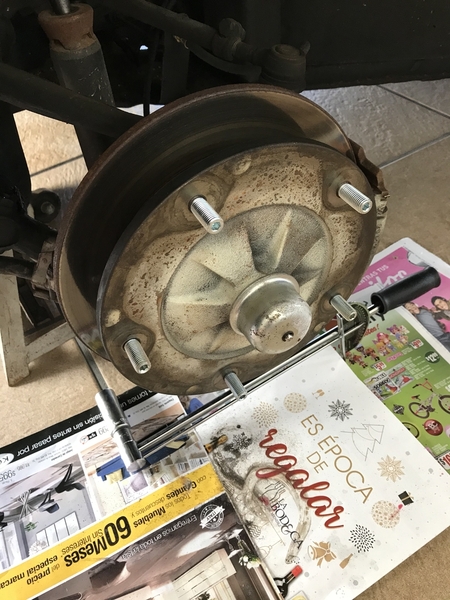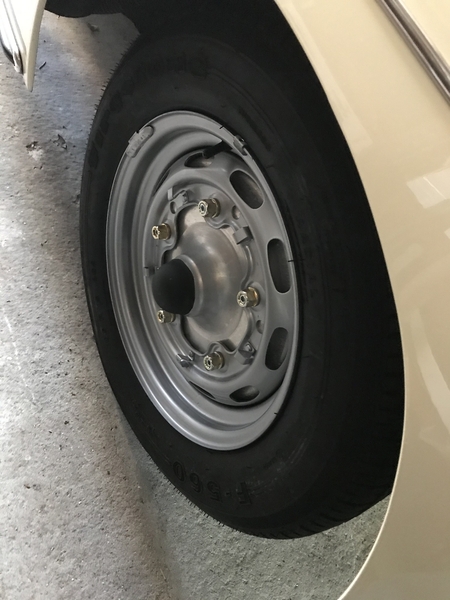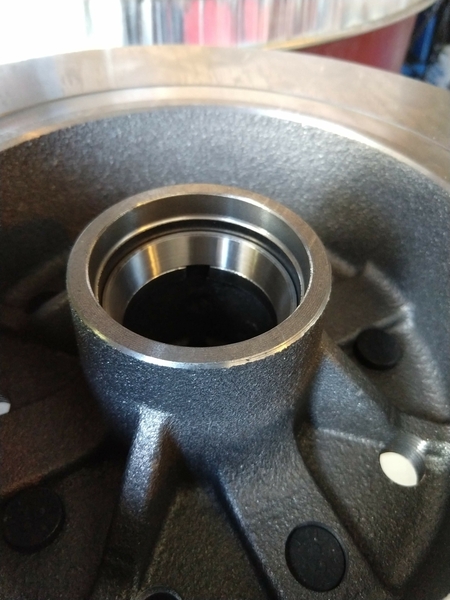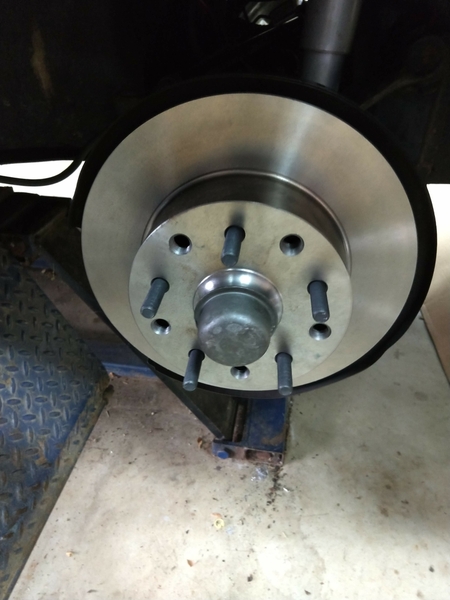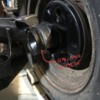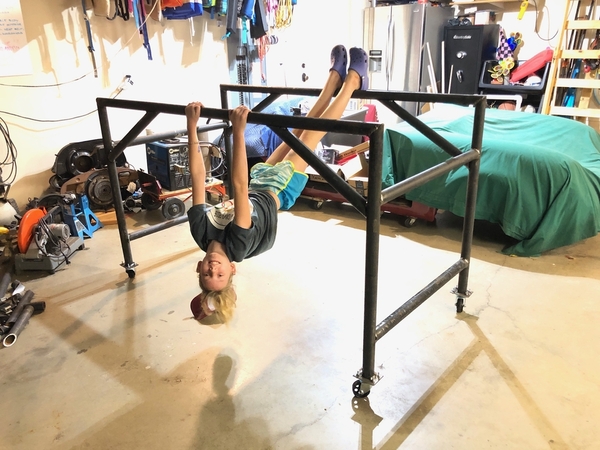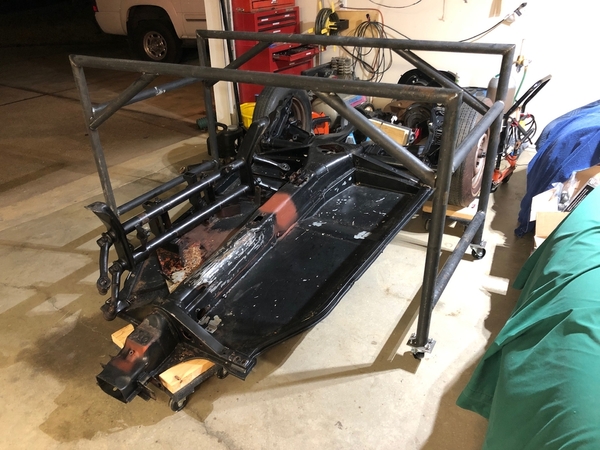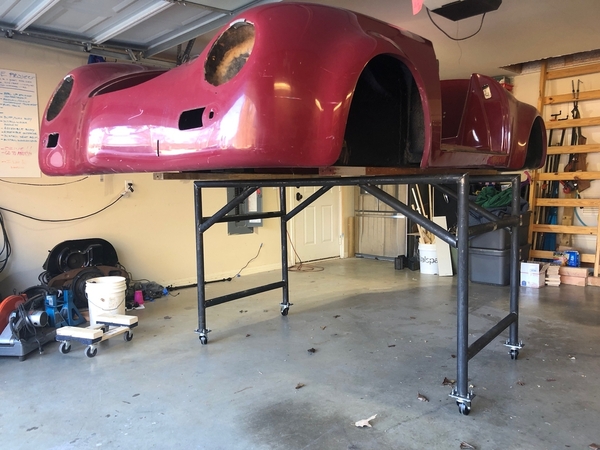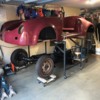I'm running VW 4X130(?) hubs all around because I built my car without benefit of this forum's experience.
The Chevy bolt pattern will offer you far more wheel choices than, say, the Porsche 5 X 130 pattern, which is only used by Porsche and the Audi Q-series SUV. Great if you want to run Fuchs or Porsche rims, but that's about it.
I, too, have a flared Speedster so you can run some pretty wide rims. You also have to either get them dished waaaay out there, OR run some spacers to get the wheels to where you want them in the wheel wells.
So to that end, I once ran 16" X 6" front rims with 205/16 tires and at the rear I had 7" X 16" rims with 225/16 tires. I have 1-1/4" Billet adapter/spacers that take me from the 4 X 130 bolt pattern to the 5 X 130 Porsche pattern. All of my rims are original Fuchs 5-spoke. Those big boots on the rear made my IRS car handle like a Banshee and I loved them - They looked really awesome from the rear, too.
Eventually, I outgrew wanting to track the car (and my reflexes aren't what they once were) so I traded the 7" rims for another pair of 6" and now run 205/16" all around. It handles almost as well, but not quite, the tires fill the wheel wells nicely and the adapter/spacers still seem right (although I might have gone to 1-1/2" on the front).
I've never had a problem finding tire choices for my 16" wheels.


